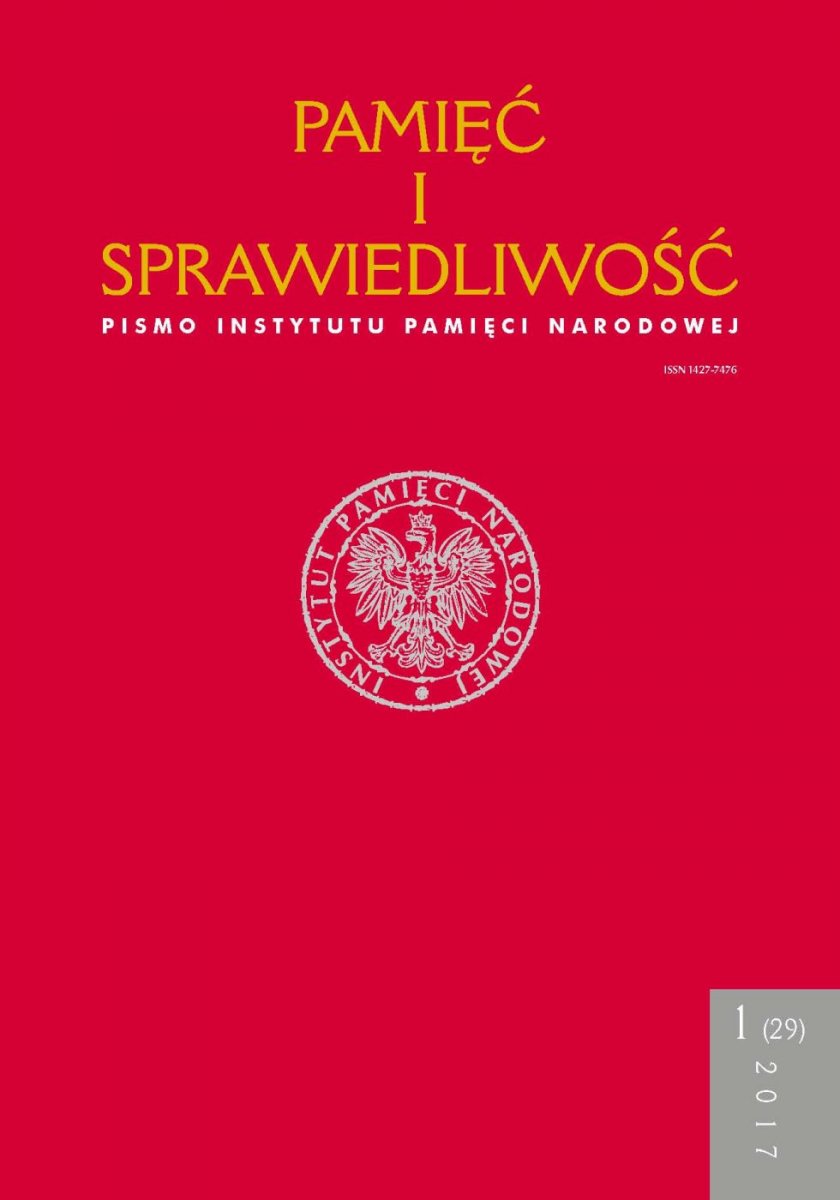Litwin-katolik? Witold Wielki i św. Kazimierz jako bohaterowie narodowi w litewskiej prasie niezależnej 1972–1988
Lithuanian-Catholic? Vytautas the Great and Saint Casimir as national heroes in the Lithuanian independent press 1972–1988
Author(s): Katarzyna KorzeniewskaSubject(s): Christian Theology and Religion, Media studies, Nationalism Studies, Post-War period (1950 - 1989), Migration Studies, Politics of History/Memory
Published by: Instytut Pamięci Narodowej
Keywords: Soviet Lithuania; independent press; Church; social memory; veneration of saints;
Summary/Abstract: The article analyses the content of the longest running Lithuanian underground magazines from the 1970s and 1980s: Lietuvos katalikų bažnyčios kronika, Aušra, Rūpintojėlis and a few others, were published in independent circles associated with the Church. The aim of the analysis is to verify whether the figures of medieval Lithuanian heroes, Grand Duke Vytautas and Saint Casimir, were presented in those magazines as models for the Lithuanian Catholic. Scholars note that the notion of a Lithuanian Catholic and, in a broader sense, of an almost inseparable link between Lithuanian culture and Catholicism as a prerequisite of survival in Soviet reality, were present in the Lithuanian national ideology among both the emigrants and in the country. It was also important as motivation for the underground publishing activity. The analysis of the texts devoted to these two heroes leads to the conclusion that their identification with the model of a Lithuanian Catholic can only be observed in a very narrow aspect of their image in the underground press. At the same time, it demonstrates the tendencies and directions of the development of their images. This article is therefore also a study on social memory in which I attempt to investigate how the memory of the country’s patron saint and of its most distinguished ruler was actualized or evoked in the conditions created by late Sovietism in Lithuania. Not only did the analysis offer the answer to the research question, but it also permitted the author to sketch the direction of development of these two images. Vytautas was portrayed by referencing his nationalist and secular cult, consolidated during the interwar period, while the authors of the articles published by the underground did not add much to his image, and certainly did not make it more Catholic. The image of Saint Casimir was more dynamic and ambiguous, as he was depicted as a figure in the national (next to Vytautas and other great dukes) and Catholic national (e.g. next to the Blessed Bishop Jerzy Matulewicz) pantheon, as well as – in a more novel way, albeit evoking hagiographical tradition – an ideal of both a ruler and a citizen. I draw my methodological models from two sources: the classic work by Stefan Czarnkowski devoted to the cult of a national hero (I examine Vytautas and Casimir as such) and a study by Jan Kubik (Power of Symbols against the Symbols of Power). I attempt to apply the category of discourse that he introduced and used for a reconstruction of the political situation in Poland in the period before and during Solidarity’s activity.
Journal: Pamięć i Sprawiedliwość.
- Issue Year: 29/2017
- Issue No: 1
- Page Range: 219-235
- Page Count: 17
- Language: Polish

